83 F. high in the Twin Cities Friday.
82 F. average high on August 8.
75 F. high on August 8, 2013.
.32" rain predicted for MSP by Monday morning (NOAA NAM model).
H2-Oh!
Like
many Minnesotans who cherish their 11,842 lakes I need to be near the
water. Maybe it's the fact that our bodies are nearly 60 percent water.
Being on or near water is soothing; I can FEEL my blood pressure coming
down amidst the white noise of splashing waves & laughter.
I
have friends moving to Arizona to escape our winters. Has anyone told
them about summer down there? Hey, if you're addicted to golf (or
cactus) I understand the appeal. Mountains are great, avalanches &
mudslides notwithstanding. Parts of Florida are tolerable but I'm not
sure I want to be tracking hurricanes half the year.
Yes, our winters are character-building, but based on the upside, a risk worth taking.
A
half-decent weekend is shaping up: murky sun over eastern Minnesota
& Wisconsin, a better chance of T-storms west of MSP. An advancing
cool front sparks more numerous storms, statewide, Sunday.
Skies
clear Monday for the SAVE Golf Tournament at TPC in Blaine. Expect low
humidity and a comfortable, sun-scrubbed sky the first half of next
week; 80s return the latter half of the week.
In June I felt like an extra in the movie "Noah". July was forgettable. Summer's here...finally.
Better late than never.
More July Than September.
Expect more clouds today, enough sun streaming through mid and high
level clouds for highs in the low 80s, the best chance of T-storms over
western Minnesota. Storms increase in coverage Sunday as a cooler front
approaches; dew points dropping from upper 60s tomorrow to low 40s
Tuesday, meaning less than half as much water in the air. Summer stages
another comeback the latter half of next week with another run of 80s.
MSP Meteogram: Weatherspark.
A Swarm of Storms.
It's a thundery pattern from the Upper Midwest to the Carolinas, dry
weather prevailing across New England and much of the western USA. Some
2-4" rainfall amounts are possible from near Atlanta and Charlotte and
south of Lincoln, Nebraska. 60-hour accumulated rainfall: NOAA WRF model
and HAMweather.
Friday Cloud Loop.
High-resolution 1 km. visible cloud imagery from NOAA and HAMweather
shows thickening clouds over southern Minnesota yesterday, a partly to
mostly sunny and pleasant sky over roughly the northern half of the
state. Clouds will slowly increase and thicken today, the best chance of
PM showers and T-showers west of the Twin Cities.
El Nino Relief For Drought-Stricken California? Chances Slip to 65% Will El Nino morph into El Nada? Here's an update from
The Los Angeles Times: "
The
latest long-term forecast shows the chances of a wet El Niño weather
pattern bringing drought relief to California starting this fall has
decreased to about 65%, and if it does arrive it will probably be weaker
than originally expected. If an El Niño does develop, it should emerge
by October and peak during late fall and early winter, according to the
Climate Prediction Center and the International Research Institute for
Climate and Society..."
Photo credit above: "
Comparison
photos showing the historic Millerton Courthouse as it sits atop a
bluff overlooking Millerton Lake in Friant, Calif. in 2009, top, with
the water at a high point, and on Aug. 5, 2014, where the water isn't
visible at the same angle. Currently, the level of water is at 270,284
acre feet or 51.9 percent of capacity." (AP Photo/Fresno Bee, Darrell Wong-2009, Craig Kohlruss-2014).
Get Used to Toilet-To-Tap Water, Californians Told. Suddenly I'm feeling better about Minnesota's historically wet June. Here's an excerpt from a story at
The Guardian: "
The
golden state’s historic drought is forcing once-squeamish Californians
to take a new look at “toilet-to-tap” water re-use. Or as they prefer to
call it in Fountain Valley, “showers to flowers”. The town in
conservative Orange County is home to the largest water recycling plant
in the world and an example during this epic drought of the
life-altering changes California will have to make to avoid running out
of water..."
Photo credit above: "
An operator
inspects the reverse osmosis facility, part of the groundwater
replenishing system in Orange County water district, in Fountain Valley,
California." Photograph: Ann Johansson/Corbis.
Why Are Hurricanes Rare In Hawaii? Cliff Mass
has an informative, timely article about hurricane frequency in Hawaii
and why they are the exception and not the rule; here's an excerpt: "...
The
main reasons: the water temperatures are generally too cool and there
is often too much vertical wind shear, the change in horizontal winds
with height. Cool sea surface temperatures. Anyone who has taken a
vacation in Hawaii knows the story. The waters of the Pacific are
relatively cool and you know it when you snorkel or swim. 70s are
typical, ten degrees or more cooler than the Caribbean for example..."
Number of Typhoons in Western Pacific Hits 17-Year High.
It's already been a volatile hurricane/typhoon season in the Pacific,
and the season doesn't peak until the second week of September.
Focus Taiwan has the story - here's a clip: "
The
Western Pacific Ocean produced 12 typhoons in the first seven months of
this year, a 17-year high, according to WeatherRisk Explore Inc., but
only one has hit Taiwan directly. The number of typhoons in the period
has already surpassed the average of 7.87 for the first seven months of a
year and matched the record set in 1997, the private weather forecaster
said in a report issued earlier this week..."
Image credit above: "
Satellite image at 8 p.m. Friday shows Typhoon Halong was moving toward Japan." (From the Central Weather Bureau website).
A
Real Close Encounter: How 1992 Hurricane Iniki Disrupted the Filming of
"Jurassic Park", and Put Steven Spielberg & Crew at Risk.
You can't make this stuff up. A previous company ("EarthWatch") helped
with some of the special effects in Jurassic Park - 3 dimensional
animations for control room scenes, with scientists tracking a mythical
storm approaching Jurassic Park. Foreshadow. In real life Category 4
Iniki chased the film's director, Steven Spielberg, and his crew into
the basement of the hotel as the real-life storm approached, which may
have been a precarious place to be. Remember, in a tornado you want to
be below ground, if possible, but with the storm surge risk near the
water in a hurricane you want to be on the third floor or higher of a
well-constructed building, away from outer walls and windows. That's the
unlikely topic of today's first
Climate Matters segment: "
Hurricane
Iselle brings back memories for Paul Douglas. He tells the story of a
meeting with Steven Spielberg when Hurricane Iniki impacted the
production of Jurassic Park and how Spielberg learned a valuable
hurricane safety tip."
Improved Long-Term Forecasts at Heart of National Hurricane Center's Goals. Claims Journal has an article focusing on new tools and capabilities from NHC, and a look at just how far we've come; here's an excerpt: "...
Our
track forecasts, for example, have been getting better year by year.
Since 1990, our 48 hour track errors have come down from 200 nautical
miles on average to about 70,” Franklin said. “Our three day forecast
errors have come down in that period from about 300 nautical miles to
100 today.” According to Franklin, intensity errors have remained stable
while storms have gotten stronger in a shorter amount of time..."
NOAA: Chances For Below-Average Hurricane Season Have Increased.
The Capital Weather Gang puts it all into perspective; here's the intro: "
If this year’s hurricane season has seemed quiet so far, it will likely continue to do so. In an update
to the Atlantic Hurricane Season Outlook, the National Oceanic and
Atmospheric Administration predicts there is a now a 70 percent chance
of a below-normal season. There is only a five percent chance of an
above-normal season. From NOAA: The updated hurricane season outlook,
which includes the activity to-date of hurricanes Arthur and Bertha,
predicts a 70 percent chance of the following ranges: 7 to 12 named
storms (top winds of 39 mph or higher), including 3 to 6 hurricanes (top
winds of 74 mph or higher), of which 0 to 2 could become major
hurricanes (Category 3, 4, 5; winds of at least 111 mph)..."
The U.S. Firefighting Budget Is Almost Gone, But The Forests Are Still Burning.
Grist has the story; here's the intro: "
On Tuesday, Agriculture Secretary Tom Vilsack said we’ll likely use up our annual budget for fighting wildfires by the end of August,
months before the fiscal year ends in October. As apocalyptic as the
fires that have raged in California, Oregon, Washington, and Idaho this
year may seem, it isn’t the first time we’ve found ourselves in this
lamentable spot. In fact, it’s the seventh time we’ve burned through the
budget over the past twelve years. And yet, the budget has stayed the
same..."
Photos: Johnstown Then And Now, Embracing The History of Flood City.
I don't think any of us can imagine what it must have been like when a
wall of muddy water and debris overwhelmed the city of Johnstown, like
an inland tsunami. NewsWorks does a good job of capturing the horror, and recovery - here's a clip: "...In
June 1889, newspapers from around the world published sensational
headlines that read "Horros of Horrors," "Awful Calamity. Johnstown
Wiped Out!" and "Fire Finishes All Left By The Flood."
On the last day of May, the South Fork Dam collapsed — sending a wall
of water nearly 40-feet high from the man-made Lake Conemaugh, 14 miles
through the river valley to Johnstown, Pennsylvania. Houses, churches,
train cars and trees were ripped from foundations and swept away in
flood waters. Piles of debris rushed down the Little Conemaugh River and
became trapped in the arches of the Pennsylvania Railroad Stone Bridge
near the center of Johnstown..."
Photo credit above: "
Johnstown Then and Now. Bird's eye view of Johnstown, Pa. after the flood of 1889." (Image courtesy of the Library of Congresss)
The $2 Trillion Risk You Haven't Heard About.
Maybe you have, if you've been paying attention. I've posted a few
articles about the risk of a major X-Class solar flare (G4 or G5
strength) and what it could do to not only communications but the grid.
It's something our corporate customers are most concerned about, even
more than hurricanes and rising seas. Here's an excerpt from The PBS NewsHour: "There’s
a 12 percent chance of something really disruptive hitting Earth in the
next decade. How worried should we be? Very, says astronomer Donald
Goldsmith. To put that risk in context, that’s about the same likelihood
of another earthquake striking California. But the risk Goldsmith warns
about is a lot less publicized: a type of solar flare, known as a
coronal mass ejection, could cause economic damages up to $2 trillion,
according to the National Academy of Sciences. (NewsHour science
reporter Jenny Marder explained how the sun ejects these balls of gas in
this 2011 story.) These potentially destructive solar storms are in the news
this summer because of a recently published paper revealing just how
close a CME came to hitting Earth two years ago. If this extreme solar
storm had hit in July 2012, the University of Colorado’s Daniel Baker said, “We’d still be picking up the pieces....” (File photo above: AP).
Bakken Oil Pipeline Would Bisect Minnesota, Cross 144 Waterways.
InsideClimateNews has details that had me sitting up a little straighter in my chair - here's an excerpt: "...
The
616–mile Sandpiper pipeline is one of the first major pipelines
designed to carry crude oil out of the booming Bakken Shale region of
North Dakota. It will begin in the northwest corner of North Dakota and
cross into Minnesota then pass 299 miles through the heart of the state
to Superior, Wisc. Once running, it could carry nearly 10 million
gallons of crude oil a day—an estimated 20 percent of the oil produced
in the Bakken—to refineries in the Midwest and East and Canada...Yet the
Minnesota Pollution Control Agency
(MPCA) has faulted the proposed route, saying it "shows a significantly
higher potential for environmental damage" than other possible routes.
It is asking for a detailed risk analysis of the proposed route that
assesses the potential for leaks, how much oil might be spilled, and how
it could affect groundwater, surface water and aquatic life..."
Map credit above: Paul Horn/InsideClimate News.
Box Office: Why "Into The Storm" Might Hit Hardest in Tornado Alley. The movie, an unofficial sequel to "Twister" (?) kicks off this weekend; here's a clip from
The Hollywood Reporter: "...
Remembering how well Twister did, many Midwestern theater chains expect a bump for Into the Storm, directed by Steven Quale and starring Richard Armitage and Sarah Wayne Callies. "Especially in Oklahoma and southern Missouri, it should be really strong," says Brock Bagby, director of programming at Kansas-based theater chain B&B Theatres,
which has locations throughout the Midwest. "I don't know if it's
coping or it's just more interesting because it affects them," he tells The Hollywood Reporter. "In L.A.,
you’ve never seen a tornado." An executive at one of the country’s
largest chains agrees. "I haven’t heard any complaints," he says..."
Image credit courtesy of Warner Bros. Entertainment Inc.
Girl Swept Away in Tsunami Reunited With Parents 10 Years Later. I needed a feel-good story, and
The New York Post obliged - truly miraculous; here's an excerpt: "
An
Indonesian girl swept away in the 2004 Indian Ocean tsunami has been
reunited with her parents 10 years after she was given up for dead, her
mother says. Raudhatul Jannah was 4 when she and her brother were swept
away by tsunami waters from her home in West Aceh district in Aceh
province on Dec. 26, 2004, mother Jamaliah said. Jamaliah said she and
her husband stopped searching after a month and believed she was dead
until Jamaliah’s brother spotted a girl who looked like her long-lost
daughter in June..."
Photo credit above: "
Jamaliah
(left) gives a hug to her daughter Raudhatul Jannah (center) after
being reunited in Meulaboh, Aceh, northern Sumatra, Indonesia on August 7."
Photo: EPA.
Tesla X To Devour Premium SUV Market: Morgan Stanley Report. Here's a clip from a story at
The Los Angeles Times: "
Tesla's
Model X crossover electric car is going to outsell the company's Model S
sedan, and is "ready to feast" upon an unsuspecting premium SUV
marketplace, says the financial firm Morgan Stanley. A report this week
stated that the much-anticipated, much-delayed X -- not due to be in
Tesla stores until the middle of next year -- will be a better car and
will deliver better sales to the Palo Alto-based automaker..."
Photo credit above: "
Tesla's
highly anticipated Model X crossover vehicle will feature dramatic
"falcon" doors, seen here in concept art for the SUV, expected next year." (Tesla Motors)
Is A One-Way Journey (to Mars) Wrong?
I can think of a number of people I'd love to send on a one-way journey
to the Red Planet. I'll bet you could list a few people too. Let's
start a petition. In the meantime a writer at the online community site,
Mars One, explains why a few (crazy) folks might be inspired to take a one-way trip: "...
Is
a one-way mission insane? Here's how Mason Peck responded to the
question: "There are many motivations for becoming one of the first
settlers on Mars, none of them insane in my opinion. These include:
*
A noble sense of self-sacrifice, in you believe that extending human
presence into the solar system will help to ensure the survival of the
species."
* A desire for the immortality that comes with
fame, despite the risk to life and limb. In some sense, putting
yourself at risk helps ensure your influence on the history of humanity
will outlive your physical being..."
Muscle Man Jailed After Cops Suspect Steroids. One more reason not to bulk up. Sweden's
The Local has the unusual story; here's the intro: "
Police
in Malmö, southern Sweden, asked the muscly man on the street if he had
been taking performance enhancing drugs. The man evaded the questions,
prompting police to search his apartment. There, police found nearly
20,000 pills of various kinds and multiple bottles containing
performance enhancing drugs, local paper Skånska Dagbladet reported..."
Facebook's Mark Zuckerberg Once "Motivated" Employees with a Samurai Sword. So that's what I've been doing wrong. Insert face-slap here. The UK's
Daily Mail has more head-spinning details; here's a clip: "
A
23-year-old Mark Zuckerberg used to walk around the Facebook offices
with a samurai sword pretending to threaten employees if they produced
bad work, it has been claimed. The revelation, along with the claim an
angry Zuckerberg threw water all over an engineer's computer, is made in
former Facebook employee Noah Kagan's new ebook...."
TODAY: Murky sun, few T-storms late, especially south & west of MSP. Winds: SE 10. High: 82
SATURDAY NIGHT: Humid with a better chance of a few T-storms. Low: 65
SUNDAY: Muggy and unsettled. More numerous T-storms. Dew point: 66. High: 79
MONDAY: Drier, more clouds than sun. Wake-up: 64. High: 78
TUESDAY: Sunny and stunning. Dew point: 46. Wake-up: 58. High: 77
WEDNESDAY: Plenty of sun, warming up. Wake-up: 54. High: 82
THURSDAY: Hazy sun, weather worth bottling. Wake-up: 59. High: 82
FRIDAY: Partly sunny, still lake-worthy. Wake-up: 63. High: 83
Is a one-way mission insane? Here’s how Mason Peck responded to the question:
“There are many motivations for becoming one of the first settlers on Mars, none of them insane in my opinion. These include:
- “A
noble sense of self-sacrifice, if you believe that extending human
presence into the solar system will help ensure the survival of the
species."
- “A desire for the immortality that comes with fame,
despite the risk to life and limb. In some sense, putting yourself at
risk helps ensure your influence on the history of humanity will outlive
your physical being."
- “A desire for personal accomplishment, or
overcoming a challenge, the same sort of thing that drives people to
join expeditions to the summit of Mount Everest."
- See more at: https://community.mars-one.com/blog/is-a-one-way-journey-wrong#sthash.8TpgtvHE.dpuf
Climate Stories...
Siberian Holes Could Be "Visible Effect" of Global Warming, Experts Say.
NBC News has the story - here's the introduction: "
There's
a scary answer for why Siberia is turning into Swiss cheese: Mother
Nature has gas, so to speak, and we gave it to her. That's the
preliminary conclusion of scientists who have explored the mysterious
holes that began popping up in Siberia beginning last month, some of
whom have postulated that climate change may be a cause. And given the
right conditions, some scientists are concerned that something similar
could happen in other places around the globe, although not likely in
Times Square, Hollywood and Vine or your backyard..."
Climate Change: Point Of No Return.
Is "sustainable capitalism" possible? I'm not ready to throw in the
towel just yet when it comes to free markets, but there's little doubt
that not pricing carbon represents one of the biggest market failures of
all time. Here's a clip from
Truthout: "
The
Russian Arctic belches deadly methane as global warming pushes the
biosphere beyond the tipping point. We have a choice: revolution or
extinction. The profit motive must be eliminated in favor of managed
economies that limit growth, fairly distribute resources, regulate the
polluting industries and activities, and end the gross inequalities of
this gilded age. Time’s up, or so planet earth seems to be telling
humanity. Extreme weather conditions around the globe, including rising
temperatures, droughts, crop failures, melting sea ice, rising sea
levels, disappearing glaciers and the loss of plant and animal species
all point in only one direction. The tipping point towards the sixth
great extinction is taking place right now..."
Photo credit above: "
Capitalism
has no solutions to climate change". On December 12, 2009, while the
COP15 climate negotiations were taking place in Copenhagen, around the
globe people protested for an ambitious and fair climate treaty." (Photo: Takyer/Flickr).
Has The Era of the "Climate Change Refugee" Begun? Here's an excerpt from a story at
The Washington Post: "
Tuvalu's
coastline consists of white and sandy beaches, green palm trees and
mangroves. It is hard to imagine that anybody would want to leave
this small island nation, located between Australia and Hawaii,
voluntarily. But Tuvalu has become the epicenter of a landmark refugee
ruling that could mark the beginning of a wave of similar cases: On June
4, a family was granted
residency by the Immigration and Protection Tribunal in New Zealand
after claiming to be threatened by climate change in its home country,
Tuvalu. The news was first reported by the New Zealand Herald on Sunday..."
Photo credit above: "Laundry
hangs on the edge of the lagoon, near Funafuti, Tuvalu, March 24, 2004.
A far-flung scattering of islands in a turquoise sea, Tuvalu is one of
the planets' smallest and most remote nations, just west of the
International Date Line, just south of the equator." (Richard Vogel/AP).
For Most Of Us A Warmer World Has Become "The New Normal". Here's an excerpt of a story from Reuters and
Huffington Post: "
Global
warming has been going on for so long that most people were not even
born the last time the Earth was cooler than average in 1985 in a shift
that is altering perceptions of a "normal" climate, scientists said.
Decades of climate change bring risks that people will accept higher
temperatures, with more heatwaves, downpours and droughts, as normal and
complicate government plans to do more to cut emissions of greenhouse
gas emissions. "Because the last three decades have seen such a
significant rise in global and regional temperatures, most people under
the age of 30 have not lived in a world without global warming," Michel
Jarraud, Secretary-General of the U.N.'s World Meteorological
Organization (WMO), told Reuters..."
NOAA: Ocean Acidification Rises, Marine Economy Sinks. Here's a clip from an article at
EcoWatch: "...
But a new study, funded by the U.S. National Oceanic and Atmospheric Administration (NOAA), says growing acidification of Alaska’s waters,
particularly those off the southern coast, threatens the state’s whole
economy—largely dependent on the fishing industry. The study, which
appears in the journal Progress in Oceanography, says that not only will the state’s commercial fishing sector be badly hit by a growth in acidification, but it will also affect subsistence fisherpeople whose diet mainly consists of the catch from local waters..."
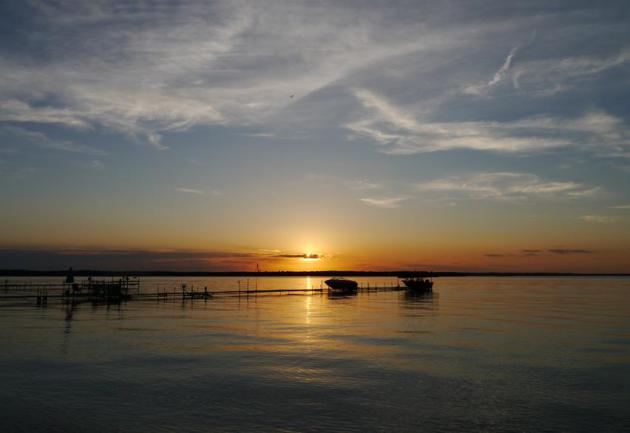


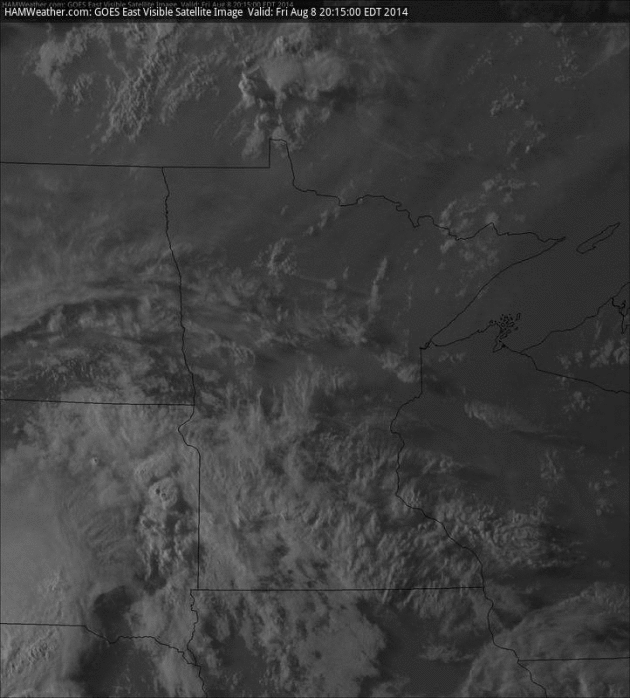
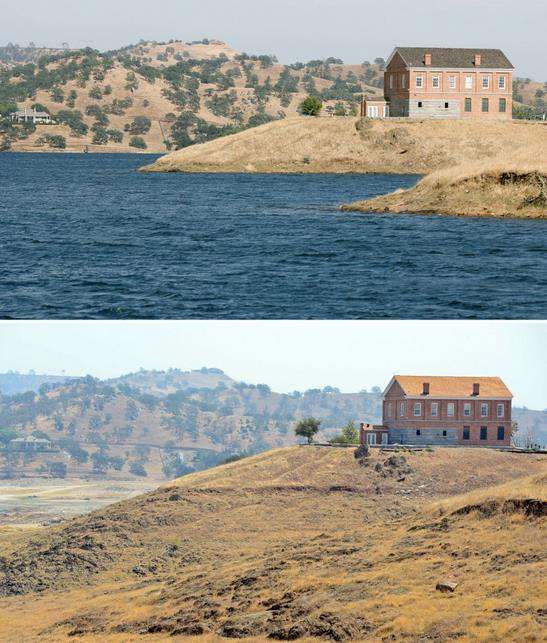

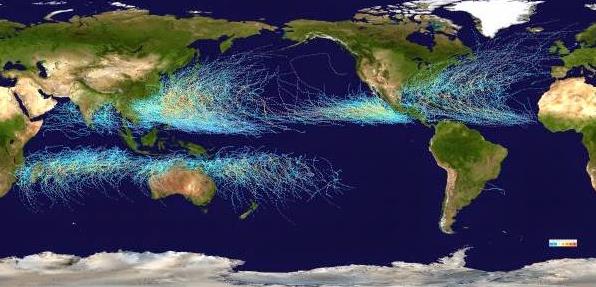
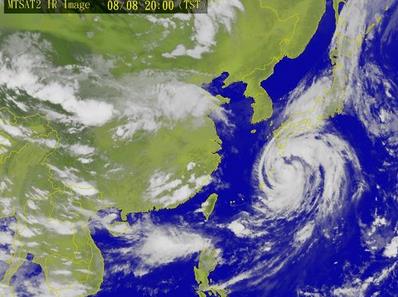
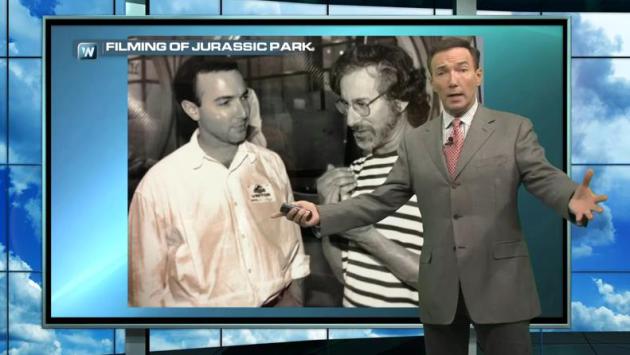
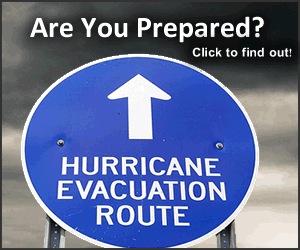
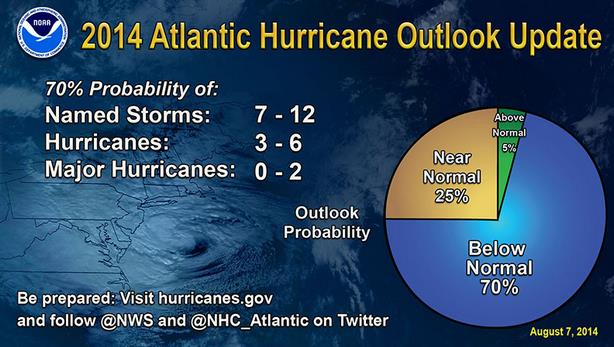


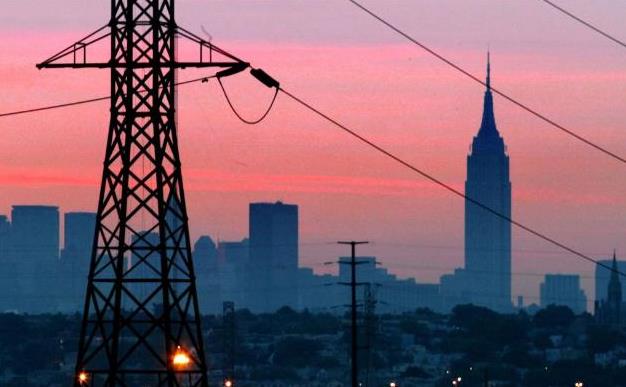

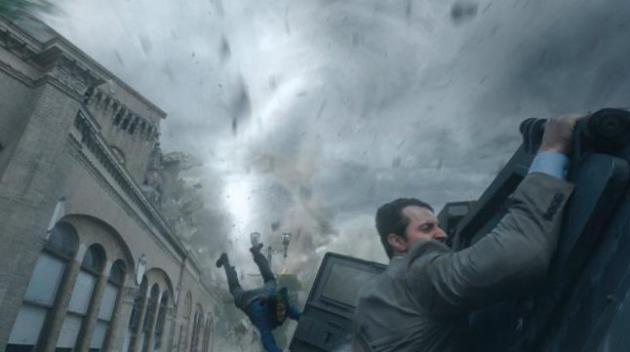


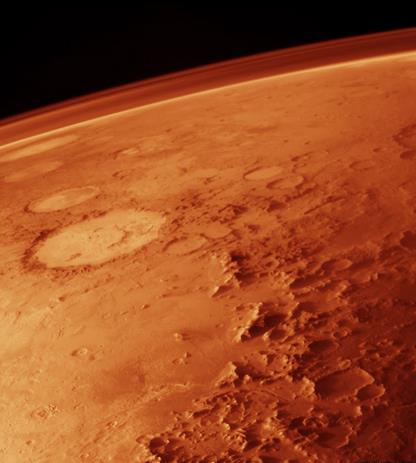



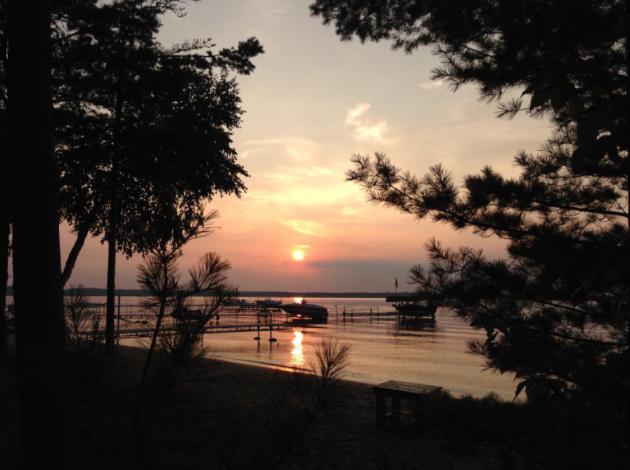
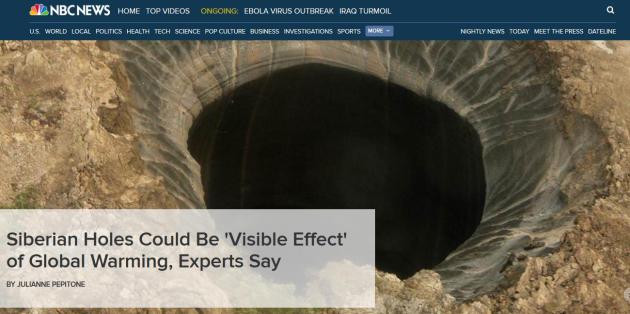


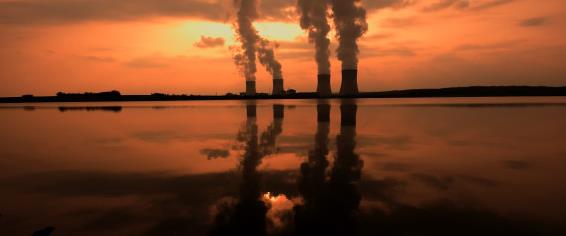
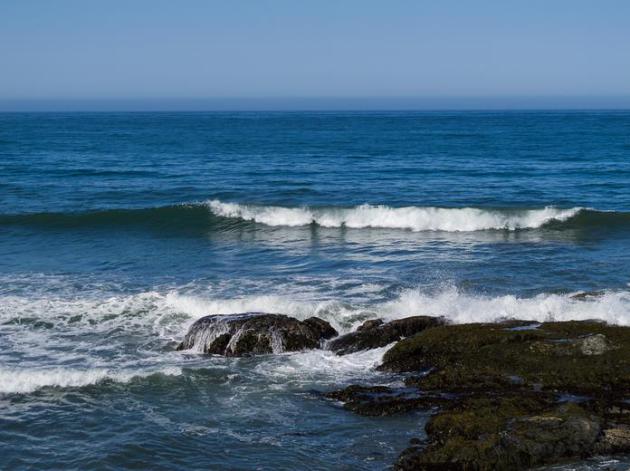
No comments:
Post a Comment